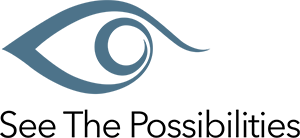Since she started wearing glasses as a baby, Erika has spent her life on a journey to better vision. It took Erika’s unwavering perserverance, and some outside-the-box thinking from her ophthalmologist, Dr. Milad Modabber, to finally undergo a life-changing eye surgery that has given her a whole new sense of focus.
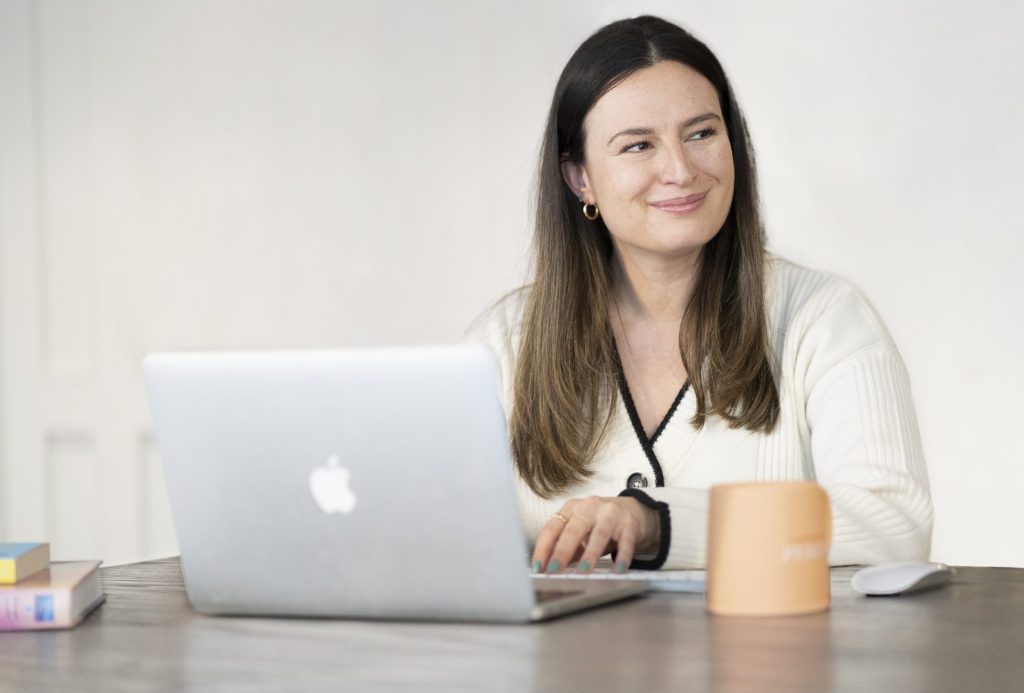
Waking up to new clarity
Erika’s lifelong journey to healthy vision
Meet Erika, 35
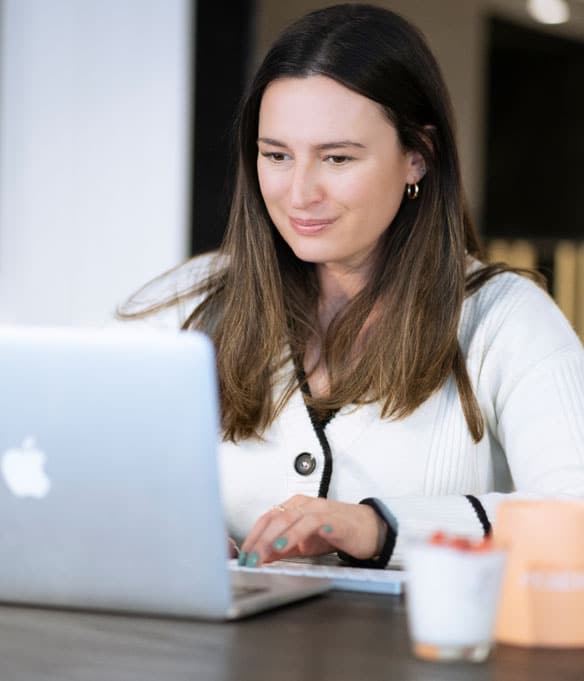

Raised in Ottawa and now lives in Toronto

Has a busy career in digital marketing
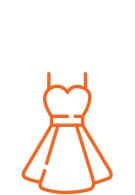
Runs a fashion consignment business on the side

Passionate about animals; lives with her rescue dog, Pip
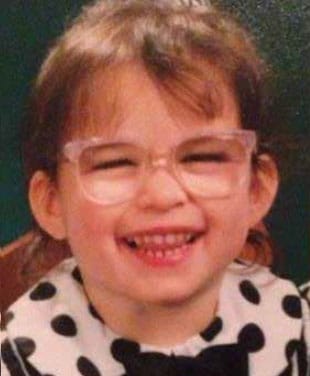
A young start to vision problems
Hyperopia (farsightedness)
Erika had an extremely high prescription (+6 in one eye, +8 in the other)
Severe astigmatism
A vision condition related to the curvature of her eye that causes blurry vision
Amblyopia
A condition more commonly known as “lazy eye” that resulted from Erika’s strong prescription
Strabismus
Erika had corrective surgery as a young child for strabismus (a misalignment of the eyes)
In an attempt to get away from her “coke-bottle glasses”, Erika started wearing contacts in the early 2000s. But chronic contact lens wear resulted in continuous eye issues.
Serious eye infections
Eye fatigue
Blepharitis/dry eye
“I was just constantly battling with vanity and discomfort for the last 20 years, so I was always trying to find a solution to be in a world where I could be free from contact lenses or glasses.”
Searching for the perfect birthday gift
On her 18th birthday, Erika went to her first consult for LASIKLASIK stands for Laser-Assisted In Situ Keratomileusis. The procedure involves a laser reshaping the cornea to correct refractive error. It’s one of the most commonly performed refractive correction procedures in the world. vision correction surgery. She was told she wasn’t a good candidate, but to come back when she was 25.
Erika waited a few years to mull over the ICL procedure.
“I was super bummed to say the least. I went from thinking my ticket to 20/20 vision could be something attainable in this lifetime to quickly realizing that might not be the case.”
During a routine eye exam, Erika’s optometrist, Dr. Angela Di Marco, encouraged her to keep pushing for solutions.
Dr. Di Marco referred Erika to ophthalmologist Dr. Milad Modabber. She felt he was more cutting-edge and might be willing to explore alternative surgical options.
Within a week, Erika met with Dr. Modabber.
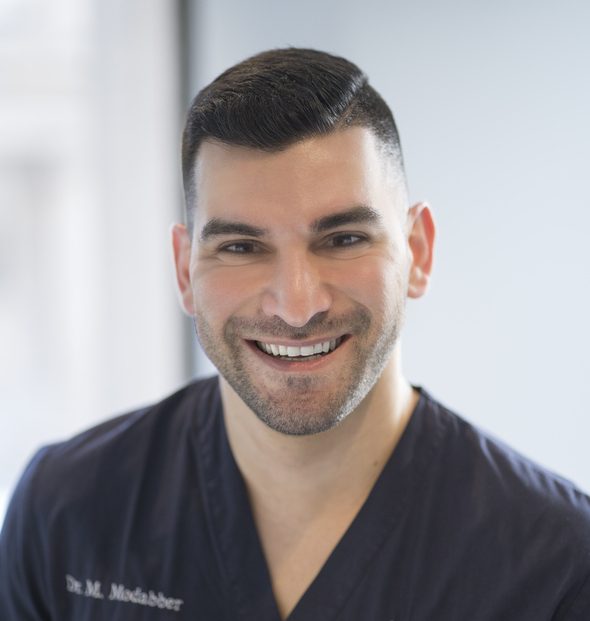
A unique surgical option for a unique case
Dr. Milad Modabber, MSc., FRCSC
Cornea, Anterior Segment, and Refractive Surgeon
Dr. Modabber reviewed Erika’s clinical history.
After confirming that there was no other procedure with a good chance of success for Erika’s case, Dr. Modabber ultimately suggested Refractive Lens Exchange (RLE) as the only feasible option.
RLE is a permanent vision correction procedure. The technique is similar to cataract surgery, but performed on an eye without a cataract. While RLE is typically reserved for patients over age 50, Erika’s unique case required Dr. Modabber to think outside the box.

“Every patient is different, but no matter what they come in with, I’ll try to figure out a way to safely correct their prescription and give them the glasses freedom they’re looking for. I’m committed to leveraging all the expertise and technologies available to me to help patients with unique needs achieve their lifelong goals…
…In Erika’s case, the options were either to continue wearing glasses for many more years (until she eventually developed cataracts and the issue could be corrected then), or undergo a RLE procedure now because of her very unique circumstances: her prescription was extreme, there was no other feasible option, she was very motivated, and she fully understood all the risks.”
Although Erika would likely need reading glasses for near-vision tasks, RLE could permanently correct her distance vision. After sleeping on it, she decided the next day to move forward with RLE.
A 15 minute surgery for lifechanging results
February 22, 2023
Erika underwent the RLE procedure, performed by Dr. Modabber
What is Refractive Lens Exchange (RLE)?
RLE is an intraocular procedure similar to cataract surgery, but performed on an eye without a cataract. Unlike laser vision correction, which reshapes the cornea, RLE changes the focusing power of the eye by replacing the eye’s natural lens with a thin intraocular lens made of acrylic or silicone.
In Erika’s case, a laser-assisted procedure was used for a more precise correction of her astigmatism.
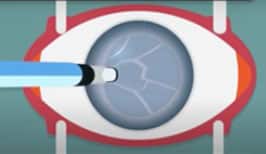
A laser/ultrasound is used to fragment the eye’s natural lens into tiny pieces

The lens fragments are removed through a microincision in the cornea
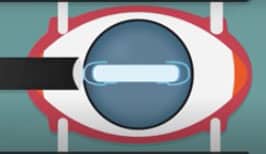
An artificial intraocular lens is folded and inserted into the eye through this same surgical opening
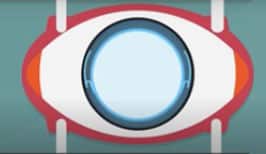
This new intraocular lens corrects the refractive error, allowing for clear vision
Looking forward with clear vision
The morning after her surgery, Erika experienced her first taste of freedom from glasses and contacts.
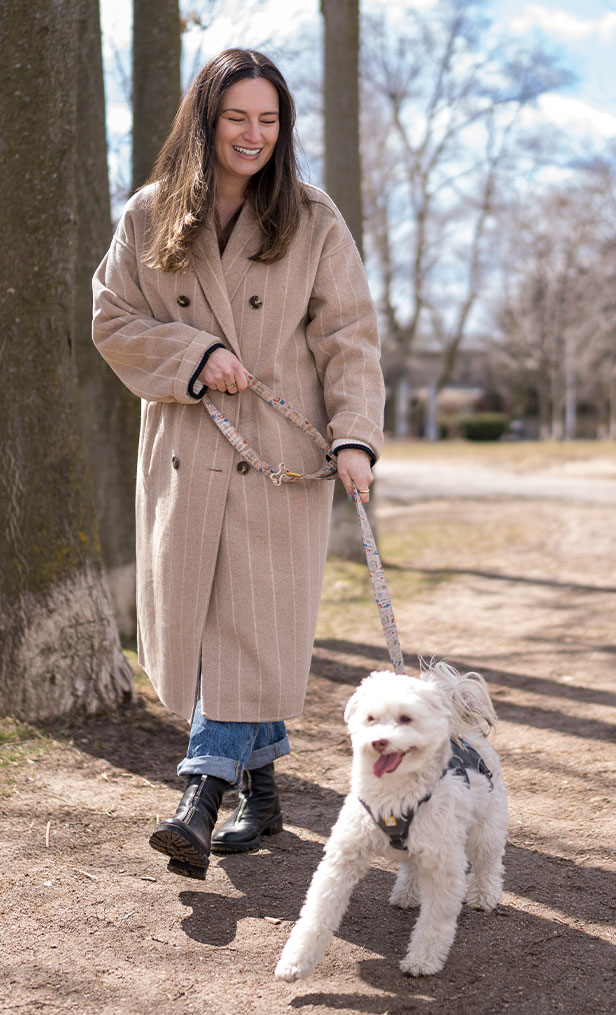
“I opened my eyes and for the first time in my entire life, I could see clearly… and that’s something. It was very powerful for me. I just felt like I’d put years of stresses and aggravations behind me.”
Since her surgery, Erika has noticed an amazing improvement in her quality of life. From being able to see clearly on her morning walks with Pip, to not having to worry about her dry eye or discomfort from contacts, there have already been so many small moments that feel huge for her.
Slide to see the world through Erika’s eyes before and after RLE

Erika is incredibly grateful to her eye care team, Dr. Di Marco and Dr. Modabber, for the impact they’ve made on her life.
“In the past, there was always a sense of reluctancy, but with these two doctors, I felt like they saw me and they really wanted to help me achieve something. They both shared that exact same willingness… Instead of saying ‘you can’t’, they were willing to offer something that feels invaluable to me.”
For Dr. Modabber, there’s a huge emotional aspect to being able to free patients from glasses or contacts and change their lives in a meaningful way.
“This is why we do what we do. I’m truly honoured to be a part of Erika’s journey.”
